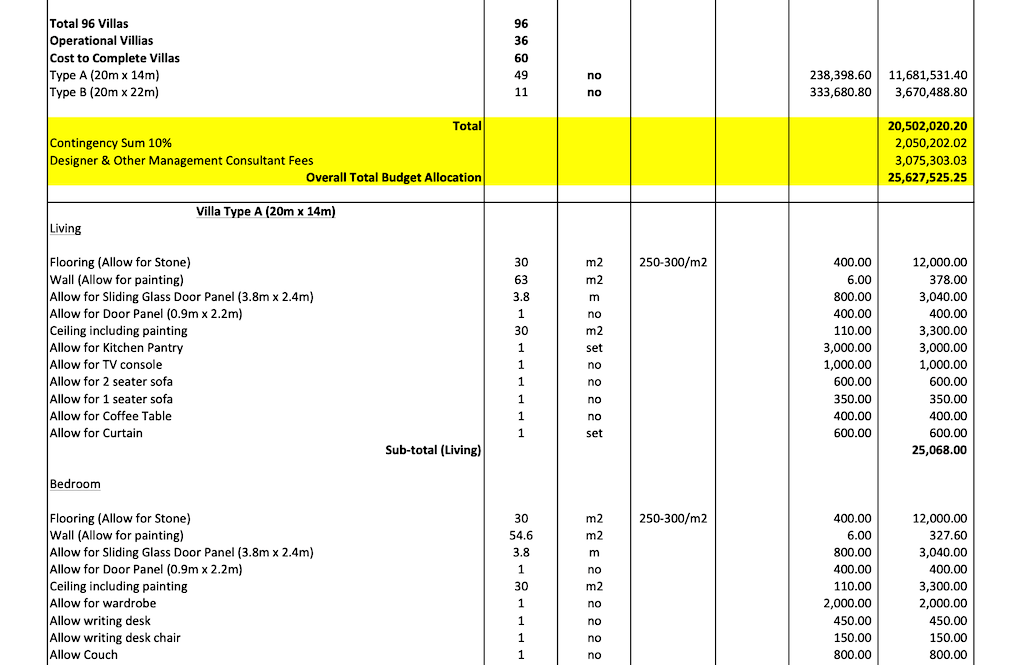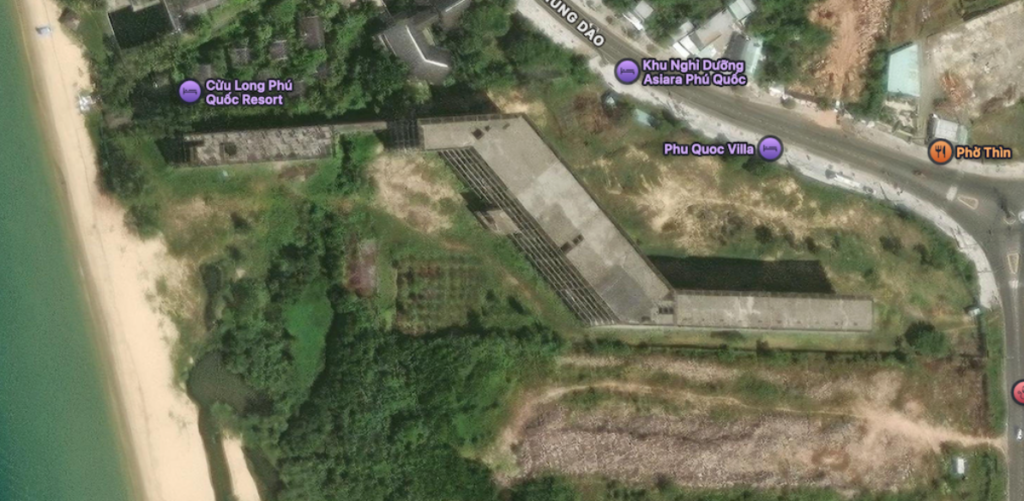The Most Coveted Resorts in Asia 2025 | Where Luxury Meets Local In the vibrant landscape of 2025's Asian hospitality scene, the boutique hotel revolution that began as a whisper has transformed...

Differences Between Cost Engineering, Quantity Surveying, and Project Management?
Cost Engineering and Quantity Surveying: Overlapping Expertise
Understanding the roles of Cost Engineering (CE), Quantity Surveying (QS), and Project Management (PM) is crucial when undertaking large-scale projects. These three professions share overlapping responsibilities, especially in cost management, yet each has a distinct focus and scope. Here’s a closer look at their similarities and differences and how they collectively contribute to project success.
Cost Engineering and Quantity Surveying often function as two sides of the same coin. While Quantity Surveying is more aligned with building design and construction, Cost Engineering focuses on engineering projects and processes. However, both professions operate in similar domains and frequently collaborate on various projects. The primary distinction lies in their paths to professional qualification rather than a substantial difference in their roles.

Cost Engineers and Quantity Surveyors are involved in activities such as:
– Estimating capital or asset costs, including development costs.
– Assessing operating and manufacturing costs throughout an asset’s lifecycle.
– Conducting risk assessments and financial analyses, including net present value (NPV) and rate of return.
– Providing cost management, procurement management, and contract administration services.
– Delivering value management, quality audits, and dispute resolution support.
While not all CE or QS practitioners perform all these functions, many specialize in specific areas. The unifying goal remains to provide accurate, independent, and reliable cost assessments that inform investment decisions and project controls.
Core Functions of CE and QS
The functions of Cost Engineering and Quantity Surveying extend beyond mere cost estimation. These professionals also:
1. Analyse Costs and Risks: This involves assessing project risks and their financial implications, ensuring accurate cost forecasting and budget adherence.
2. Assess Design Feasibility: CE and QS evaluate the design’s financial and practical viability, ensuring that proposed plans align with budgetary constraints.
3. Provide Documentation: They prepare detailed cost reports and analyses that serve as a foundation for project decision-making.
4. Support Investment Decisions: Through feasibility studies, financial analysis, and lifecycle cost assessments, CE and QS provide insights that guide owners, financiers, and contractors.
By performing these tasks, CE and QS professionals establish a robust framework for managing project costs effectively and efficiently.
Project Management: Overarching Coordination
Project Management encompasses a broader scope, with a focus on aligning resources and objectives to deliver projects successfully. While CE and QS contribute specifically to cost management, PM oversees the integration of these elements into the overall project lifecycle.

On cost management matters, Project Managers:
– Set Objectives: Define project goals that align with broader business needs and establish a realistic reference for scope, cost, and timelines.
– Monitor and Control: Use tools and techniques to track project performance and address variances effectively.
– Foster Collaboration: Build a cohesive, cost-conscious team atmosphere to ensure alignment with project objectives.
Key Functions of PM in Cost Management
1. Resource Management: Allocating and optimizing resources to meet project requirements.
2. Delegation and Decision-Making: Assigning tasks, resolving conflicts, and making informed decisions to keep the project on track.
3. Goal Setting and Motivation: Ensuring the team stays focused and driven towards achieving project milestones.
4. Risk Mitigation: Anticipating potential issues and implementing strategies to address them proactively.
Collaboration Between CE, QS, and PM
The interdependence between these professions is critical. CE and QS provide the quantitative and analytical insights needed for precise cost management, while PM integrates these insights into a broader strategic framework. Together, they ensure that projects are delivered on time, within budget, and to the desired quality standards.
By fostering clear communication and collaboration, these roles can mitigate risks, optimize resources, and effectively achieve project objectives.
Conclusion
Cost Engineering, Quantity Surveying, and Project Management each play vital roles in project delivery. While their responsibilities may overlap in cost management, their distinct functions and expertise ensure a comprehensive approach to project success. Understanding these roles and their interplay enhances project outcomes and ensures that every stakeholder’s objectives are met efficiently and effectively.
Want to ensure your next project succeeds? Reach out for a consultation with us and let’s craft your blueprint for success!

The Most Coveted Resorts in Asia 2025

Scandal at the Grandeur I Exposed the Secret Vices of the Lap of Luxury
The Grandeur Hotel looked immaculate from the outside, with its towering marble pillars and gold accents glinting in the sunlight. But I knew that behind its pristine facade lay secrets waiting to...

A Blueprint for Real Estate Success: Avoiding Common Pitfalls
FAIL TO PLAN, PLAN TO FAIL! The adage “If You Fail to Plan, You Plan to Fail” rings especially true in real estate. From luxury resorts to residential developments, successful projects require...
Create With Bert!
Got a project or an idea in mind? Let’s make it real.
What We Do
Our Outposts
Bangkok
Bali
Remote
WhatsApp Me!








